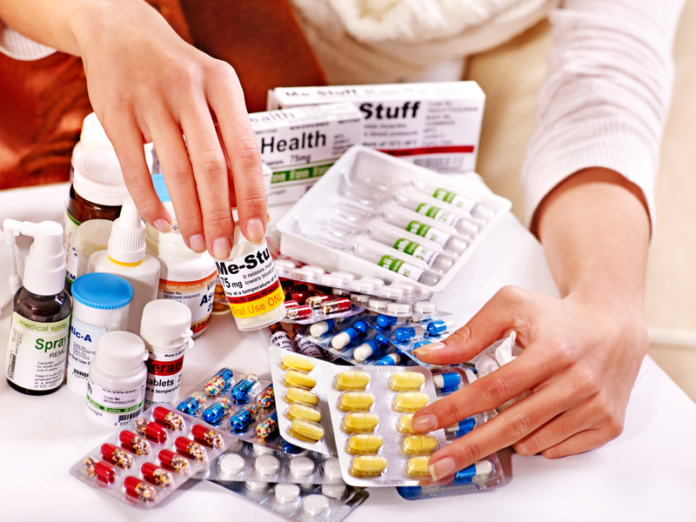Introduction
The pharmaceutical industry has seen significant growth over the past decade, driven by advancements in medical technology, increased healthcare spending, and the rise of chronic diseases. One of the key metrics to measure the success of pharmaceutical companies is the revenue generated by their flagship products. In this report, we will analyze the top-selling pharmaceutical products by revenue over the past decade, highlighting trends and key drivers of success.
Methodology
To compile this report, we have collected revenue data from reputable sources such as company financial reports, market research firms, and industry publications. We have focused on the top-selling pharmaceutical products based on revenue generated from sales between 2014 and 2024.
Top Selling Pharmaceutical Products
- Humira (Adalimumab):
- Manufacturer: AbbVie Inc.
- Indication: Treatment of autoimmune diseases such as rheumatoid arthritis, Crohn’s disease, and psoriasis.
- Revenue: Humira consistently topped the list of highest-grossing pharmaceutical products, with annual revenues exceeding tens of billions of dollars.
- Keytruda (Pembrolizumab):
- Manufacturer: Merck & Co., Inc.
- Indication: Immunotherapy for various cancers including melanoma, lung cancer, and head and neck cancer.
- Revenue: Keytruda experienced substantial revenue growth over the past decade, fueled by its efficacy across multiple cancer types.
- Eliquis (Apixaban):
- Manufacturer: Bristol Myers Squibb and Pfizer Inc.
- Indication: Anticoagulant used for the prevention of stroke and systemic embolism in patients with non-valvular atrial fibrillation and for the treatment and prevention of deep vein thrombosis and pulmonary embolism.
- Revenue: Eliquis emerged as a top-selling pharmaceutical product due to its superior safety and efficacy profile compared to traditional anticoagulants.
- Revlimid (Lenalidomide):
- Manufacturer: Bristol Myers Squibb
- Indication: Treatment of multiple myeloma and myelodysplastic syndromes.
- Revenue: Revlimid generated significant revenue, driven by its widespread adoption as a frontline therapy for multiple myeloma.
- Enbrel (Etanercept):
- Manufacturer: Amgen Inc. and Pfizer Inc.
- Indication: Treatment of autoimmune diseases such as rheumatoid arthritis, psoriasis, and ankylosing spondylitis.
- Revenue: Enbrel remained a top-selling pharmaceutical product, despite facing competition from newer biologics, due to its established efficacy and patient preference.
Key Trends and Observations
- Biologic therapies, such as Humira, Keytruda, and Enbrel, dominated the list of top-selling pharmaceutical products, reflecting the increasing adoption of targeted therapies in various disease areas.
- Oncology drugs, exemplified by Keytruda, played a significant role in driving pharmaceutical revenue growth, underscoring the importance of innovation in cancer treatment.
- The expansion of indications, such as Eliquis for stroke prevention in atrial fibrillation, contributed to the success of certain pharmaceutical products by widening their target patient populations.
- Competition and patent expirations posed challenges to some top-selling pharmaceutical products, necessitating strategic pricing and lifecycle management strategies to maintain revenue growth.
Conclusion
The past decade witnessed remarkable growth in the pharmaceutical industry, driven by the success of top-selling products such as Humira, Keytruda, and Eliquis. As the industry continues to evolve, pharmaceutical companies must prioritize innovation, market access, and strategic partnerships to sustain revenue growth and address unmet medical needs.
This report provides insights into the key drivers of success for top-selling pharmaceutical products and highlights trends that have shaped the industry landscape over the past decade. Moving forward, continued investment in research and development, regulatory compliance, and market expansion will be essential for pharmaceutical companies to navigate an increasingly competitive and dynamic market environment.
